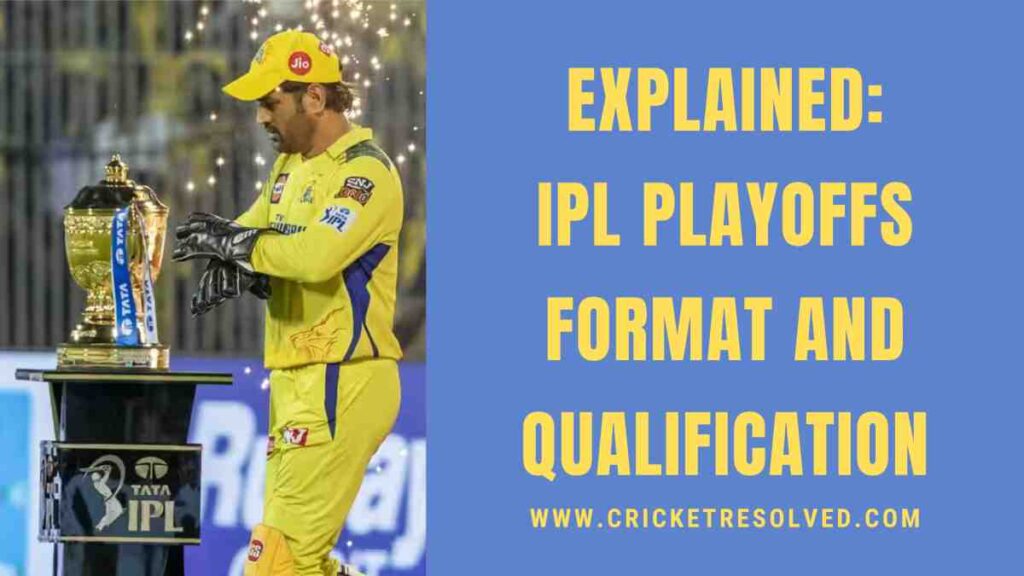Cricket is a rising sport around the world, and you will quickly realize that it is much more than simply the players and their cricket equipment. The sight screens are one of the most important pieces of cricket pitch equipment, and their installation is essential to the game.
What is a sight screen in cricket?
In cricket, a sight screen is a large screen that is positioned directly behind both wickets and beyond the field’s edge. When batting, sight screens reduce distractions and make it simpler for the batter to see the ball. It is typically constructed of wood, linen, LED screens, or other similar materials.
What is the purpose of a sight screen in cricket?
Sight screens are intended to separate the ball from the background so that the batter can see it from the moment the bowler releases it until they make contact with it or it passes by them.
Simply put, visualize yourself as a batter at the crease. Then picture a big, intimidating bowler charging at you at full speed while hurling a heavy cricket ball your way at a speed of more than 90 mph. You will probably want to be able to see the ball so you can strike it or, if necessary, duck out of its way before it hits you.
A well-positioned sight screen can mean the difference between seeing the ball and not!
Where is the sight screen placed?
There are two sight screens in every game. One for each end of the wicket, so that batters can see the ball clearly from either end. In amateur cricket, the screens are often at ground level, but they are high enough that, from the batter’s point of view, the bowler’s arm does not reach above them.
Sight screens in professional games are typically much larger and raised higher above the spectators. Incorporating them into the stadium building is more efficient than storing cumbersome sight screens elsewhere, and it also makes it easier for people to roam around the ground below the level of the sight screen while waiting for delivery.
When the area beyond the boundary is limited, the sight screen may span the boundary or be placed a few yards inside the field of play. It used to be that whether the ball travelled over or under it, it was treated as if it were the boundary in this circumstance. However, if it hit it without bouncing, no six would be awarded.
However, the regulations currently say that umpires must designate the boundary before the game, ensuring that the sight screen can move without invading the field of play. This must be followed, even if it means that the boundary becomes uneven.
The colours of sight screens
White and black sight screens are the most widely used in cricket.
In amateur cricket, such as in schools or small clubs, white cricket sight screens are frequently utilized. Because a red ball is used in these games, it stands to reason that a white sight screen is built on the cricket pitch to create the biggest contrast with the ball’s colour.
You’ll notice that T20 matches, where a white ball is used for play, tend to use black sight screens more frequently. The contrast between the white ball and the black sightscreen aids batters in locating the ball.
Also Read: Difference Between Red, White & Pink Cricket Balls – Explained
What dimensions does a sight screen have?
There are no hard-and-fast regulations about the size of a sight screen. However, the bulk of sight screens on amateur grounds are approximately 4.5m by 4.25m.
What is the composition of sight screens?
Simple sheets supported by ground-fixed strings make up some sight screens. These sight screens are frequently the most affordable and can be used in smaller, more casual settings. Others are made of wood, which, while hefty, ensures they will endure a long time (with the occasional lick of fresh paint) and can withstand a few blows should any batter smash a superbly timed straight drive for six.
Some sight screens are constructed of metal, and others are increasingly made of lighter materials such as UPVC and polythene. In certain situations, professional stadiums have LED screens that serve as advertisement boards all over the place. They are typically formed of twelve slats with gaps between them to allow air to pass through.
Is it normal for sight screens to move?
Sight displays, as we have seen, come in a variety of shapes and sizes. They come in a variety of sizes, colours, and shapes, but they also have varying degrees of mobility. Since lighter materials are now frequently employed to create sight screens, moving your screen as needed is made simpler.
Obviously, the ones that are nailed to the ground are much harder to move. On the other hand, many sight screens are put on wheels so that they can be moved easily based on where the bowler’s arm releases the ball. After all, if a left-handed bowler throws the ball from around the wicket to a right-handed batter, the line of the ball will be very different than if the same bowler threw the ball from over the wicket.
This is why many sight screens are intended to be easily shifted between overs and even between deliveries, giving bowlers an edge simply by shifting the direction from which they bowl.
Final Thoughts
Cricket is a game of concentration and focus, and any distractions behind the bowler could interrupt the batter. As a result, having a sight screen in place allows the batter to concentrate entirely on the ball and make more precise decisions. The cricket sight screen serves to block out any movement from fans behind the bowler by providing a contrast between the colour of the ball and the colour of the screen.
Read Next: What is the difference between a googly and a flipper?









One Comment